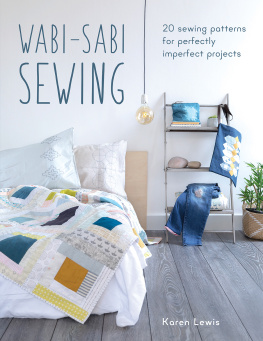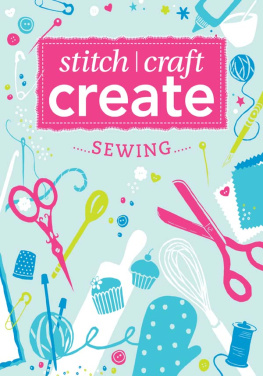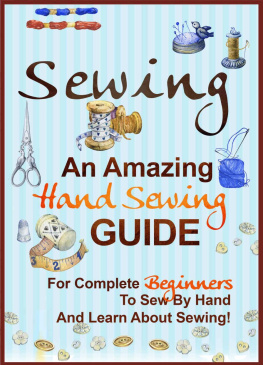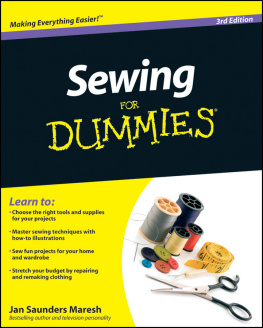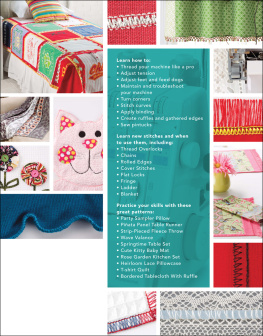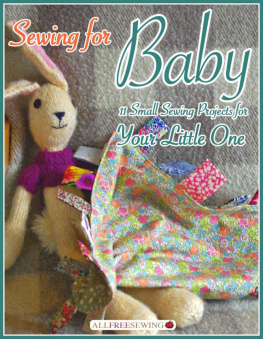Introduction
The concept for this book had been at the back of my mind for a while, but but when I found myself, like others, isolated for a long period recently it highlighted to me just how important it is to take time out for creativity.
The physical act of making something, using your hands and mind to connect together to create a thing, removes you from the mundane and sometimes painful situations of the everyday. More and more, we are seeking the solace of creativity to help us deal with situations we might not want to be in and we are finding the deep and lasting joy of creating.
I find this happening in every workshop and retreat that I teach. The satisfaction and achievement that people are able to feel is evident in their faces and it warms my heart to know that I have shared some of what I feel with others.
I find that sewing helps me retain my sense of equilibrium. It helps me concentrate and plan, as I have to be aware of what I need for each project I undertake, and focusing on each process in turn increases my patience as I have to wait for the finished item to reveal itself. I have also learnt to control my frustrations, as a quiet mind makes for better sewing, and Ive made friends with my un-picker. Sewing really does feed my soul.
I have structured this book around the seasons, as I am becoming more and more aware of how the way I feel is linked to the world around me and have started to delight in the changes I see throughout the year. Each chapter or season in the book has a slow-sew project, something a little bit more meaty that you can get your teeth into, that may take several days to complete; a quick-sew project that you should be able to complete in a couple of afternoons and is a good one for getting your sewing mojo up and running; and a re-purposing project. I love the idea of transforming something you love that has seen better days into something new that you can make use of again.
There are a couple of recipes for each season that I hope youll enjoy, too. We always invite people in for a cuppa and a piece of cake in all our workshops. You can put the world to rights over a coffee and cake and make a whole host of new friends, too. Cake really is soul food.
Each season of the year has its own joys and challenges and if you can relish and overcome those challenges through finding solace in sewing, I will feel I have passed just a bit of my own joy on to you.
Happy sewing!
Jules x
Tools and Equipment
You dont need a huge amount of equipment to get started, but a few quality items will make your sewing far more pleasurable. This is what I recommend as a basic sewing kit; once you have these items, you can add others on your wish list as a gift to yourself.
SEWING MACHINE / OVERLOCKER
It doesnt matter how old your sewing machine is: as long as you can comfortably sew forwards and backwards, you can make clothes and other projects, too. Just make sure you look after your machine by regularly removing excess lint and threads from the mechanism.
There are ways of neatening seams to prevent them from fraying and keep them strong, but an overlocker (serger) will make your life so much easier and enable you to achieve a neat and professional finish. You will also be able to work with jersey and knit fabrics much more easily and quickly.
SEWING MACHINE NEEDLES
Keep a selection, as one will always break when you least expect it. Universal needles are usually size 80, but I prefer to have a range of sizes to correspond with the fabrics I want to use. Use a size 70 for lightweight fabrics and size 90 for denim and heavyweight fabrics. You can also use specialty needles for particular jobs. Topstitching needles, jersey or stretch needles, and twin needles are useful to have close to hand.


